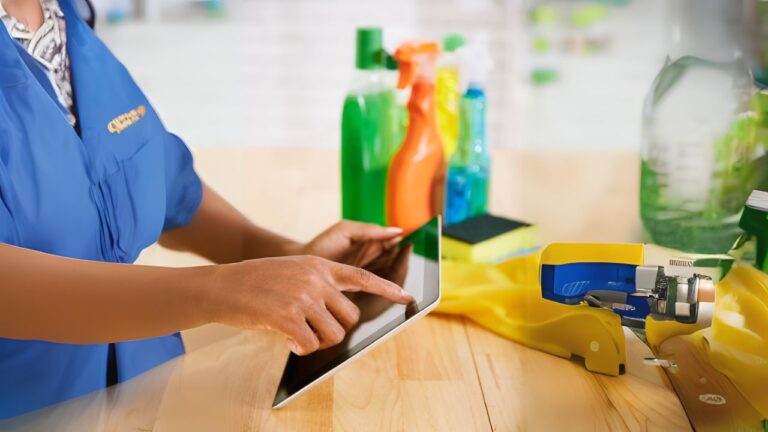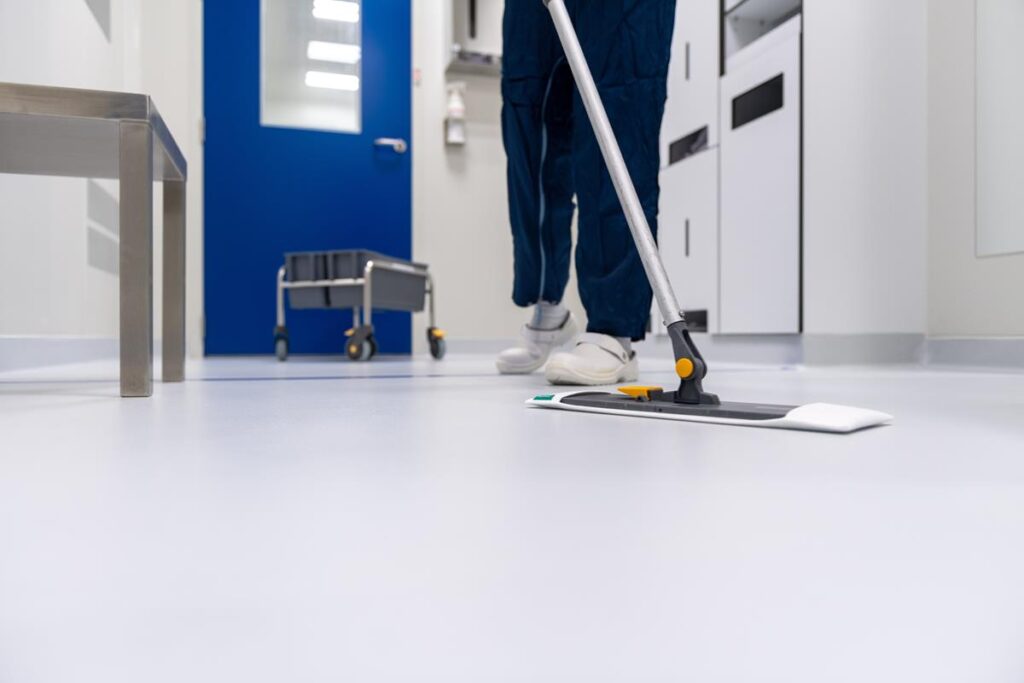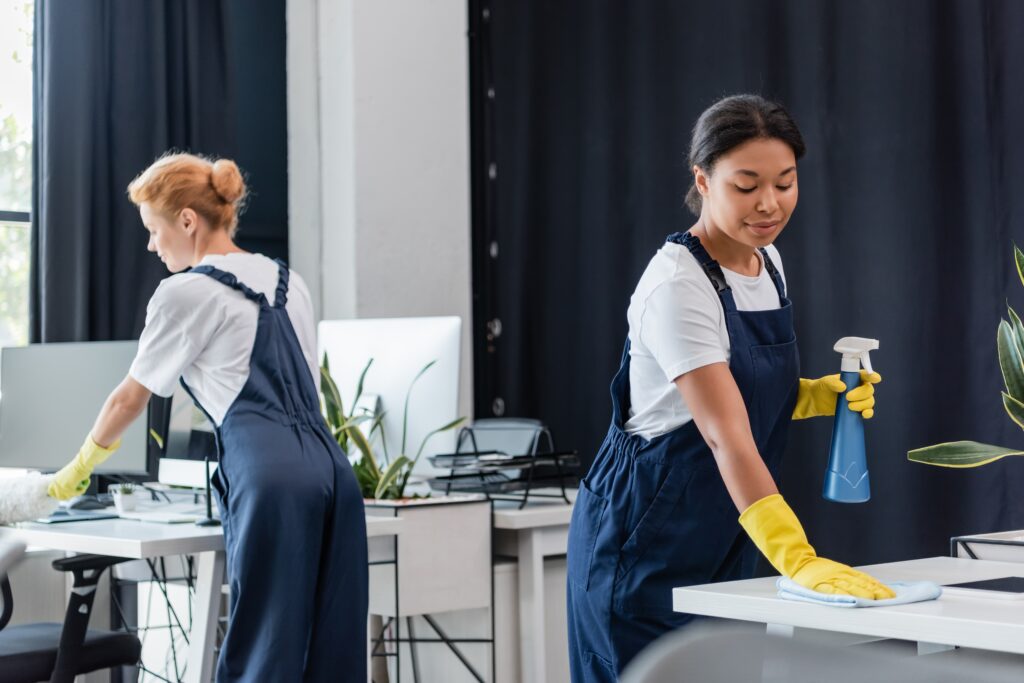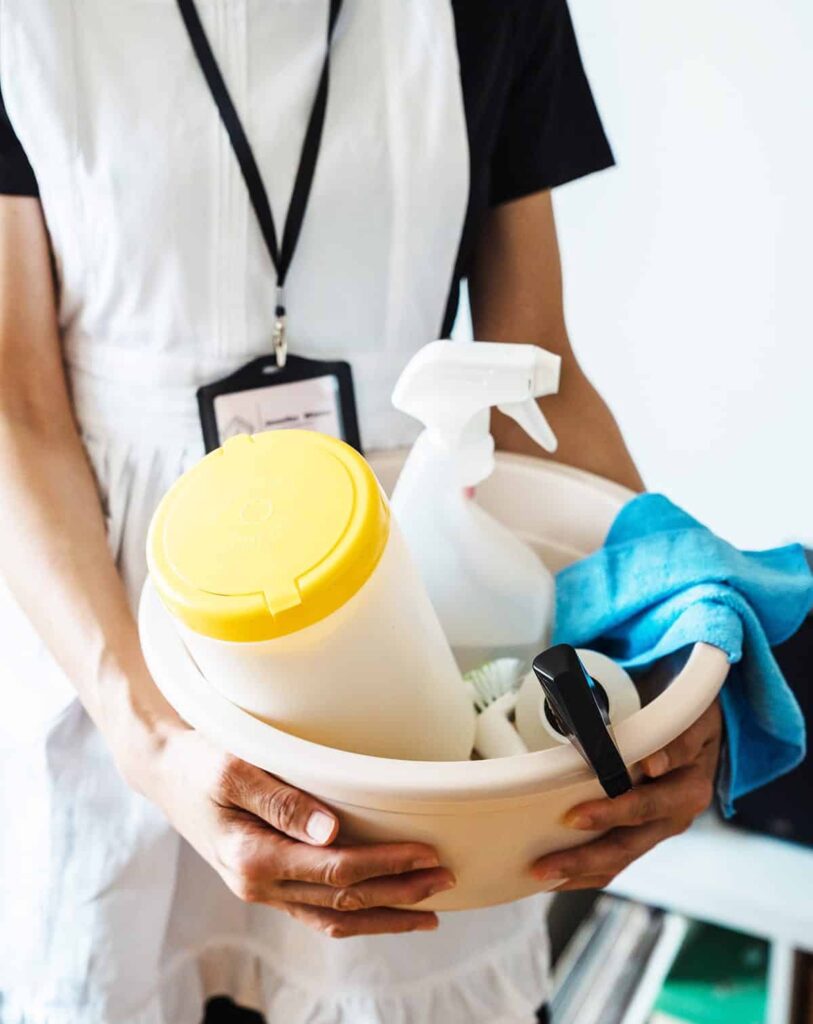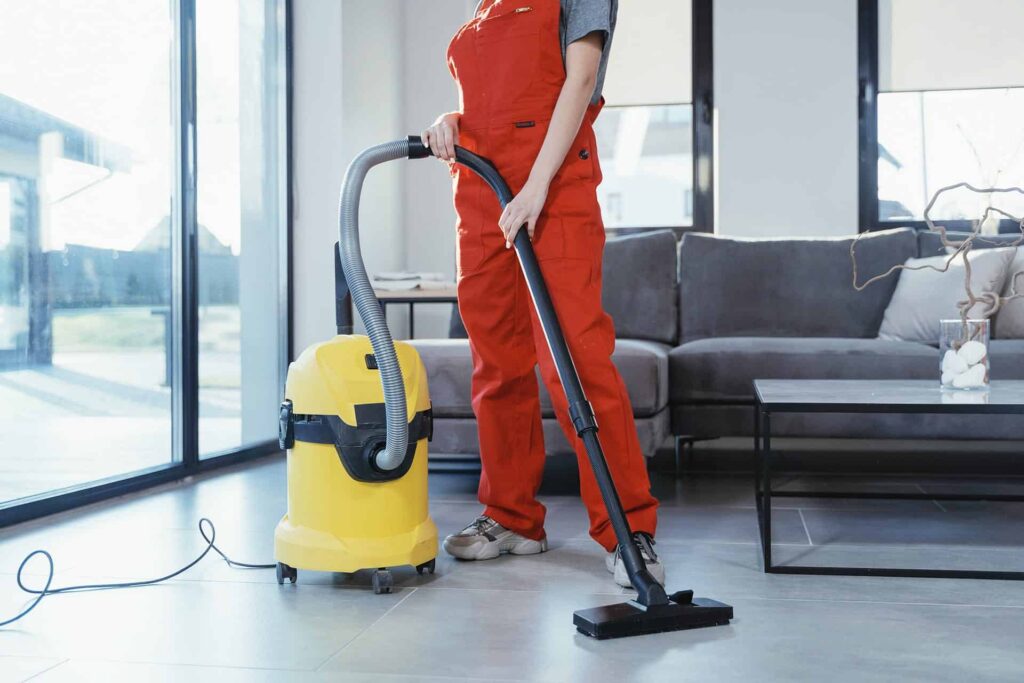Antique Jewelry Cleaning Guide
Written by: Greg Wiszniewski
Jeweled brooches, gemstone rings, and gold filigree hair combs may be just a few of the antique treasures you have tucked away for safe keeping. These aged pieces were often handmade by skilled artists and, whether you obtain your antique jewelry through an estate sale, inheritance, or handed down as a valuable family heirloom, it is important to take the necessary steps to preserve these personal ornaments. Methods of cleaning antique jewelry differ depending on the materials used to create the piece. While some pieces can be cleaned at home using various homemade remedies, other, more valuable and fragile jewelry pieces may require the special equipment and knowledge of a professional jeweler. Give your dull, dirty jewelry new life by carefully cleaning and caring for these wearable antiques.
- Caring for Your Fine and Antique Jewelry: Learn how to properly handle, maintain and store fine and antique jewelry.
- Jewelry: Tips on general care, storage, cleaning, and repair of jewelry, including those containing precious and semi-precious stones, and pearls.
- Caring for Antiques: This caring for antiques page features a special section on antique jewelry, and provides tips on what to do and what not to do when caring for jewelry.
Always take newly acquired antique jewelry to a professional jeweler who specializes in repairing old or antique jewelry. In the hands of a professional, antique jewelry can be properly inspected for loose stones and damaged clasps or settings. To check the stone’s setting at home, firmly hold the base while gently touching the stone to see if it’s loose. If the stone is loose at all, bring it to be repaired before wearing it. In addition to repairing your antique jewelry, a jeweler can also remove any tarnish from metals for a flawless shine. If the stone is secure, clean your antique jewelry at home with clean, warm water and a soft-bristled toothbrush. Gently brush the stone and setting to loosen and eliminate dirt and dust. Do not emerge the jewelry in water. Instead, continue to dip the toothbrush into a bowl of warm water for cleaning. Use slow, soft strokes, as the bristles can mar the surface if you scrub too hard. Dry the jewelry with a lint-free microfiber towel. Inspect the item once again to ensure that the stone is still secure and that the clasps or setting has not been damaged during the cleaning. This method of antique cleaning is idea for jewelry that contains pearls or gemstones.
An alternative cleaning method is typically used for cleaning precious metals, like gold and silver. If your antique jewelry does not contain any type of jewels, the piece itself can be briefly dipped into a cleaning solution. For gold jewelry, create a solution of one part ammonia to two parts warm water in a clean glass bowl. Dip the jewelry into the solution, gently brush the surface with a soft-bristled toothbrush, dip once again to remove any loose debris, and then dry with a towel. For silver jewelry, create a thick paste using baking soda and warm water. Dab a soft towel into the paste and gentle rub the metal to clean. Rinse the jewelry under warm water and dry with a towel. Never use any cleaning products that contain alcohols, acids or vinegar to clean antique jewelry, as these solutions can damage the finish. Once the jewelry has been thoroughly cleaned, it must be properly stored to prevent damage and to keep it clean. Be cautious when storing jewelry together, as pieces can rub against each other causing scratches and loss of stones. Keep each piece of jewelry in its own soft pouch or cloth. Keep jewelry away from direct sunlight, heat vents, and hot vehicle interiors, and try to maintain a constant temperature as increases or decreases in temperature can affect the glue holding the stones in place.
- How to Clean Jewelry at Home: The Reader’s Digest provides different solutions and methods of cleaning various types of jewelry without going to a jewelry store.
- General Tips for Caring for Jewelry: GIA offers quick tips for caring and storing your fine jewelry.
- How to Care for Gold Jewelry: Cleaning, maintenance, and storage tips for your precious gold jewelry.
- Polishing Precious Metals: PBS and the Antique Roadshow provide important tips and information regarding polishing antique silver.
Preserve the beauty of your antique jewelry by ensuring that it’s clean, tarnish-free, and well-kept. Clean your antique jewelry bimonthly if you tend to wear it often, or after each time you wear it if worn rarely. You don’t need expensive jewelry cleaners to make your gold gleam and your silver sparkle. Household ingredients and common tools can give your antique jewelry back its appealing luster and enticing shine. Over time, soap scum, garden dirt, grease, hair, skin cells, and living flora can build-up under gemstones and inside crevasses. Inherited and other pre-owned jewelry should always be thoroughly inspected and cleaned before being worn by its owner. With the proper cleaning and storage methods, your precious antique jewelry can provide you with many years of enjoyment, and will be able to be passed down to your descendants.
Contact Us
Get a quote
Your satisfaction is our priority, and we’re here to assist. Reach out to Busy Bee effortlessly by contacting us. Whether you have questions, need a custom quote, or want to discuss your cleaning requirements, our friendly team is ready to respond promptly. Connecting with us is the first step towards a cleaner and more comfortable environment for your home or business.
Call us for a quote today!
Contact Us
Get a quote
Your satisfaction is our priority, and we’re here to assist. Reach out to Busy Bee effortlessly by contacting us. Whether you have questions, need a custom quote, or want to discuss your cleaning requirements, our friendly team is ready to respond promptly. Connecting with us is the first step towards a cleaner and more comfortable environment for your home or business.



